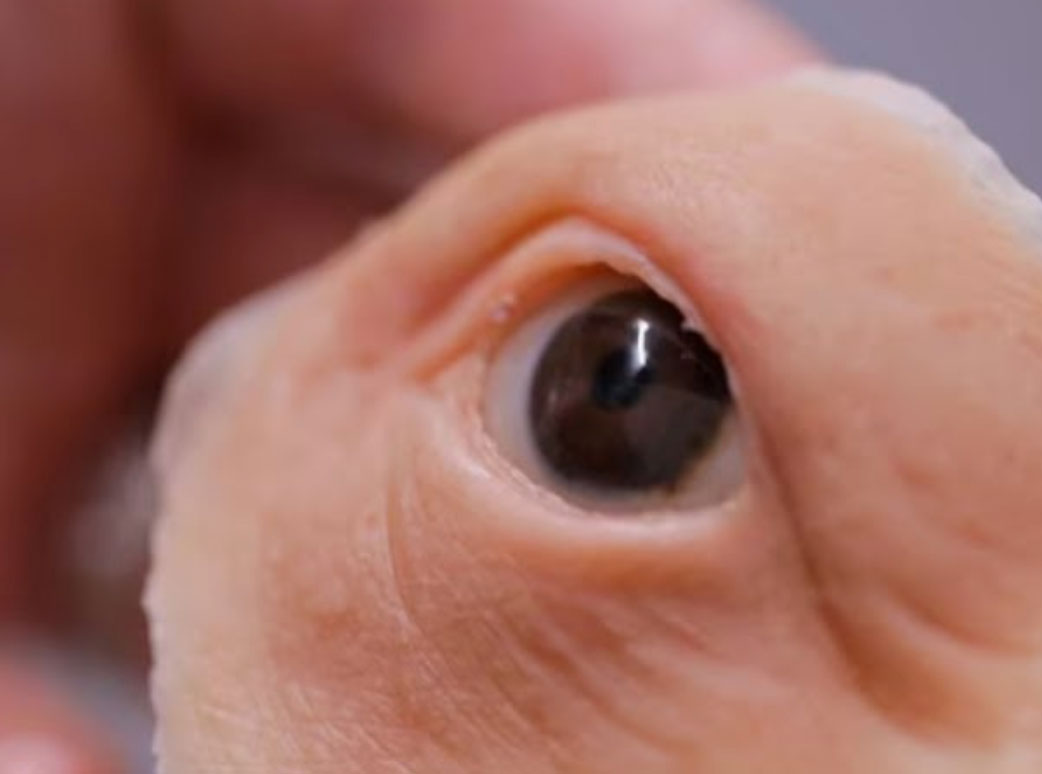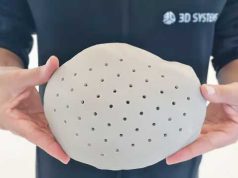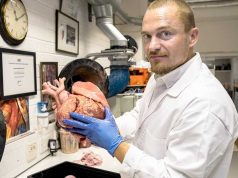In the world of prosthetics, 3D printing is opening up new possibilities. One example is the work of Nicholas Puls, an ocularist at the Royal Brisbane and Women’s Hospital in Australia. Puls creates artificial eyes for patients who have lost one or both eyes due to cancer, traumatic injury or congenital deformities.
Creating these prostheses is a time-consuming process that requires special modeling and painting techniques. Each year, the hospital cares for about ten patients who require a complete orbital prosthesis, which consists of a silicone eye socket and an artificial eye seated within it. About 100 patients a year require an ocular prosthesis, or an artificial eye that fits into the existing eye socket.
However, 3D printing technology could bring about a change in how these prostheses are manufactured. The Herston Biofabrication Institute, which opened in 2020 and is believed to be the first of its kind in Australia, is currently conducting an evaluation study with ten patients. The goal is to assess how the look and feel of 3D-printed eyes differ compared to handmade ones.
The team is using 3D scanning and high-resolution photography to create the artificial eyes. By digitizing the process, a photo of the patient’s existing eye can be mirrored to the other side and perfectly replicated. Not only could this be more accurate, but it could also save time. Once the patient’s first eye is digitized and created, as many reprints as needed can be created and sent to the patient.
However, technology does not compete with craftsmanship. The two approaches could be combined in a hybrid process that combines the benefits of human skill and 3D printing technology.
Australian television station ABC’s report on the program:
Subscribe to our Newsletter
3DPResso is a weekly newsletter that links to the most exciting global stories from the 3D printing and additive manufacturing industry.



























